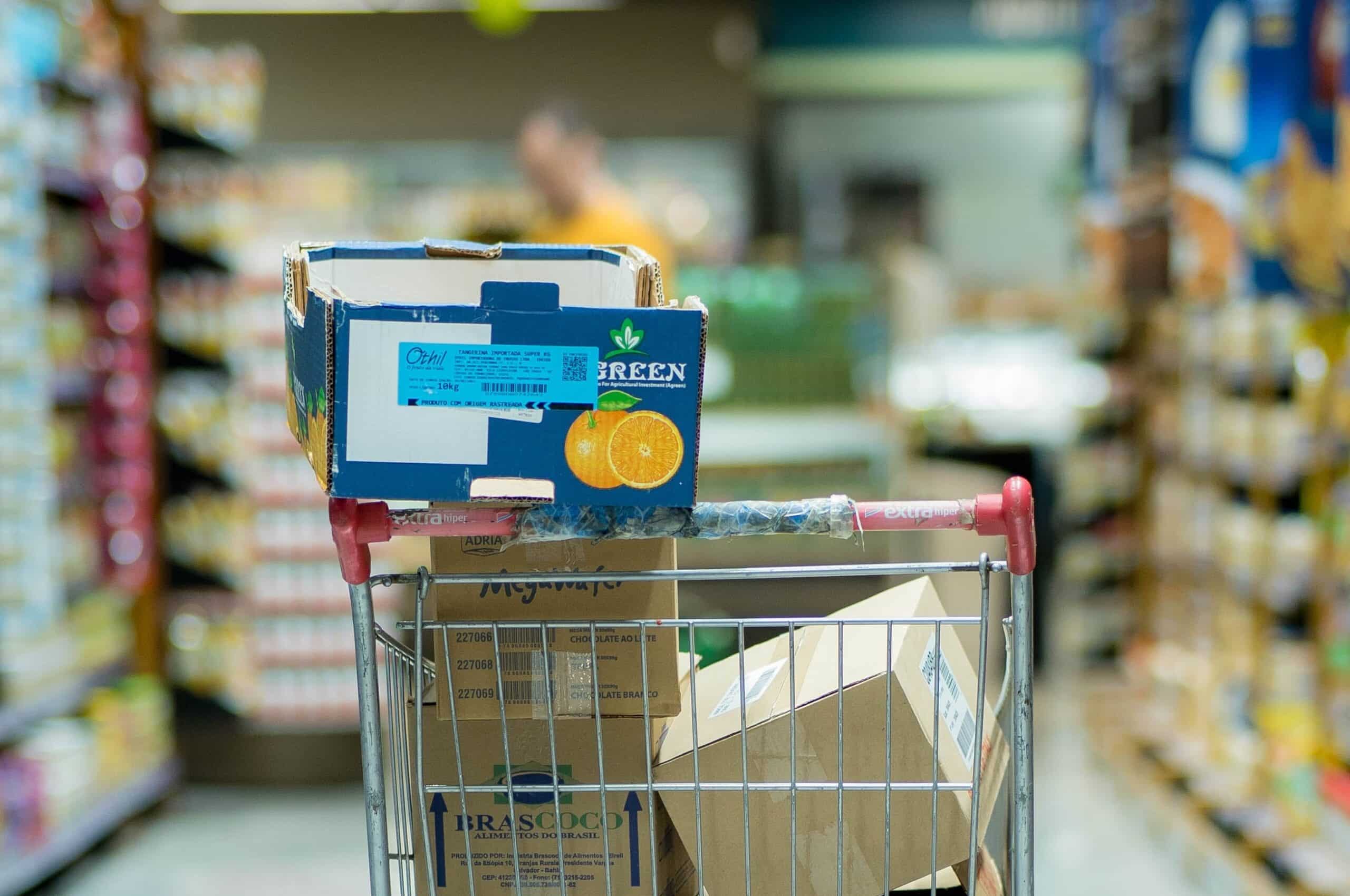
How to optimize your promotional campaigns: objectives, planning, execution and performance evaluation?
Optimizing promotional campaigns is a crucial issue in the commercial landscape of retailers and e-commerce. By aligning strategy and key performance indicators, you can maximize profits through dynamic price adjustments.
Objectives of a promotional campaign
1. Maintain market share
In the current inflationary climate, consumers are very keen on promotions! In fact, more than half of French consumers turn to promotional products in order to continue consuming the same products as usual (read the full article here).
To maintain their market share, retailers and e-tailers need to respond to this consumer need, while waiting for French households’ purchasing power to return to normal!
2. Increase sales volumes
Promotional campaigns are generally used to boost sales and achieve business performance objectives.
3. Clear inventory
Whether seasonal or overstock, promotional and/or clearance campaigns are sometimes used to reduce stock levels on specific products.
The aim is simple: to reduce storage and logistics costs by selling products at a discount.
4. Building customer loyalty
Promotional campaigns can be used as part of loyalty programs to reward regular customers through couponing mechanisms. These campaigns will keep your customers coming back for similar special offers reserved for members.
5. Acquire new customers
Certain promotional mechanisms can be put in place to attract new customers in search of bargains. This is a good opportunity to broaden your customer base and acquire new market share.
Regulatory framework
As a reminder, the European OMNIBUS directive requires retailers and e-tailers to base the discount price displayed on the lowest price charged during the month preceding the promotional campaign (read the full article here).
Promotion planning
To ensure the success of your promotional campaigns, it’s crucial to plan them properly. This can be a complex task, since planning depends on many factors, such as :
- Optimizing the choice
- of promotional products,
- the points of sale involved
- the promotional mechanisms used
- Automating processes to save time and increase flexibility
- Anticipation of the impact of demand and availability of promotional products
- Customer satisfaction
- Simulate the impact of your promotional campaigns on your business KPIs, taking into account the halo effect.
Whatever the factors to be considered, it’s important to keep in mind that promotions are a tool for contributing to and achieving your KPIs.
Execution and optimization of promotions
1. Pause daily price optimization
In order to launch your promotional campaigns, once you’ve defined the list of products concerned and the points of sale, you need to extract this sample from your daily price optimization strategy.
Using a pricing optimization solution such as ours, you can easily pause the price optimization of the products concerned by the promotion during a given period.
2. Optimization levers during promotion execution
We have identified 5 optimization levers for your promotional campaigns:
- Choose your promotion timing wisely
You need to identify and take advantage of predicted traffic peaks. Good anticipation will enable you to capitalize on those moments when traffic is at its peak.
You also need to identify and take advantage of highly elastic periods, such as paydays, and highly elastic customer segments. For example, it’s strategic to target toys on Saturdays.
- Sharing the promotional effort between retailer and supplier
Close collaboration between the retailer and the supplier maximizes the impact of the promotion, thanks to the coordination and commitment of both parties, which reinforces the price action.
- Couple pricing with merchandising actions
It’s important to identify the channels and placements that encourage a positive reaction to a promotion, and to activate these levers to ensure the success of your pricing actions.
For example, activate merchandising campaigns on distribution channels with high comparability, such as supermarkets, or use product listings not eligible for filters on e-commerce sites.
- Identify and secure range consistency
Maintaining range consistency is a challenge to overcome when executing your promotional campaigns. It is vital to avoid premature discontinuation by ensuring that promotions do not upset the balance between different products (for example, avoid cannibalization of a 2-liter product by an aggressive promotion on the 1-liter product).
- Identify and prevent cannibalization between competing products
To ensure that there is no cannibalization between competing products, it is important to ensure that the non-promotional product remains at a “normal” price in a regular pricing strategy, to avoid any distortion that may be caused by competing offers.
Performance measurement
- Before
In view of regulations, you may decide to increase your prices in advance of your promotional campaigns, in order to raise your reference price. This decision tends to have a negative impact on upstream sales volumes.
- During
Sales volumes soar, needless to say! On the other hand, promotions also mean cutting your margins.
- After
On the one hand, internally, you may face restocking problems.
On the other hand, your customers have stocked up and probably don’t need to repeat the same purchase within the same timeframe and under the same conditions as usual.
So optimizing your promotional campaigns is essential to achieving your business objectives. By taking a holistic approach and integrating these elements, you’ll be able to optimize your promotional campaigns, boosting profitability while reinforcing customer loyalty and your company’s brand image.
You want to know more about how you can optimize your promotion campaigns with our tool? Book a demo with one of our expert here!


